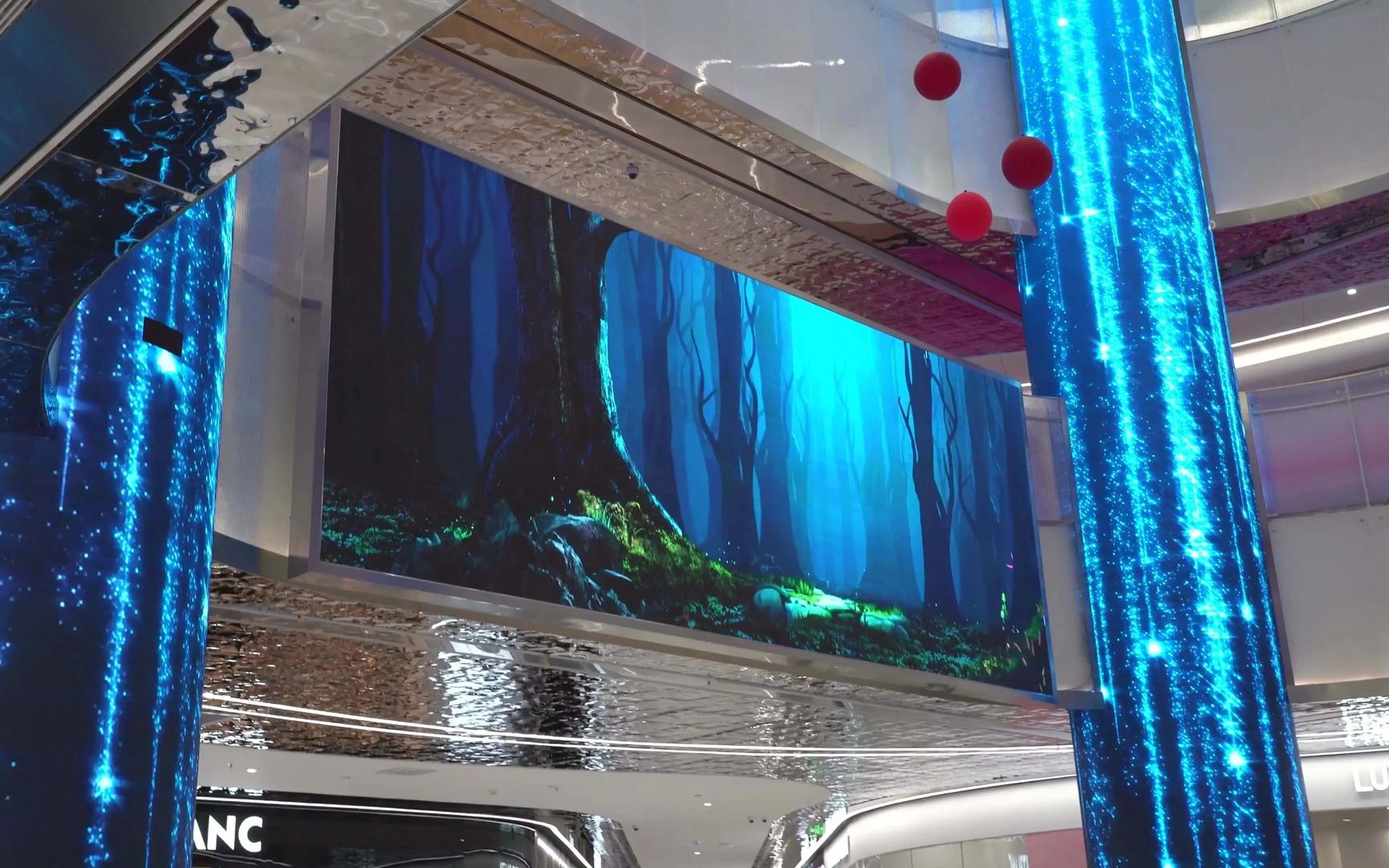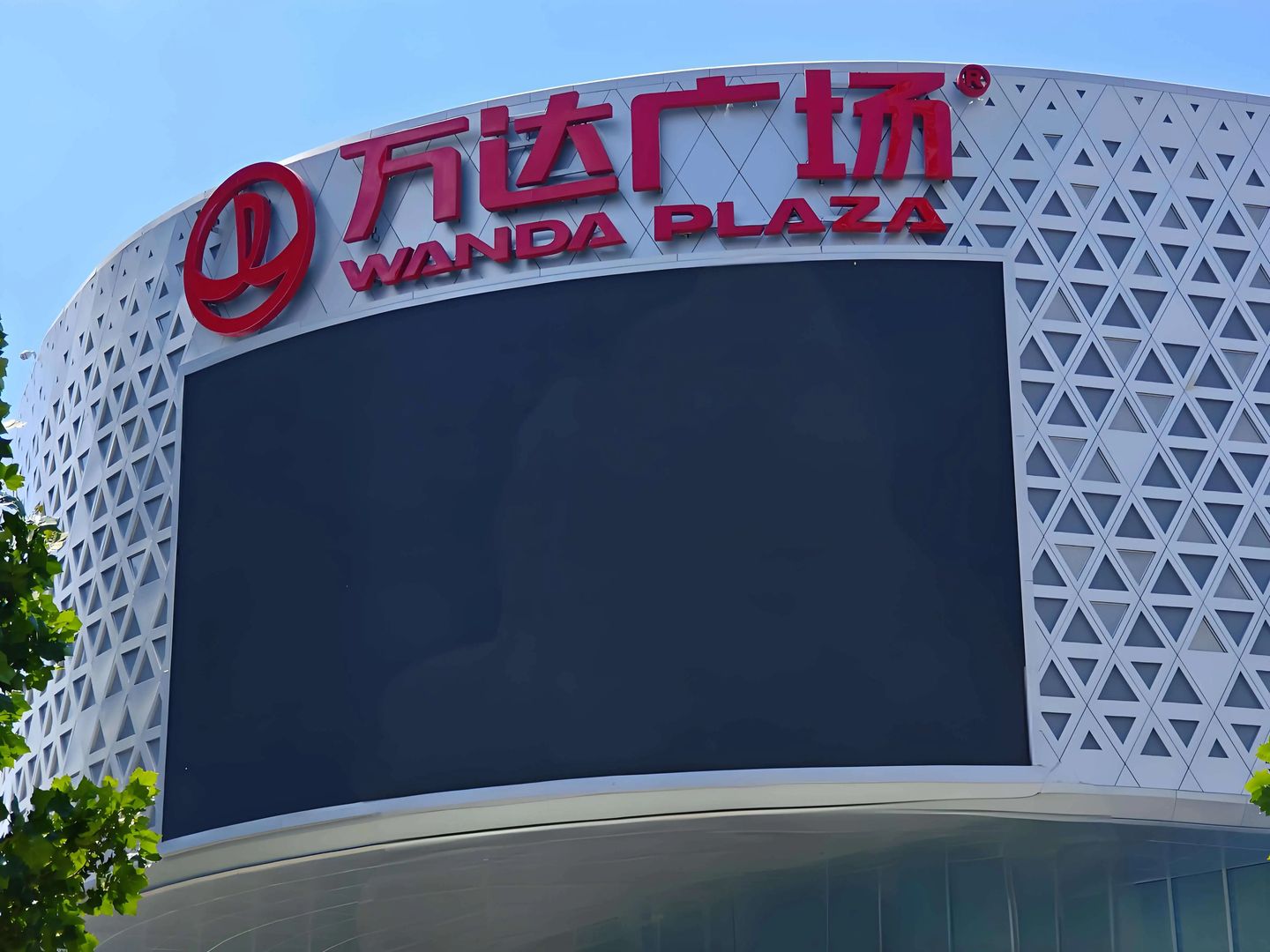If your mall’s LED screens turn yellow (dim, off-color) after 2-3 years, you’re not alone—this isn’t an LED industry flaw, as potting glue inside bulbs (and its aging) is the key factor affecting display performance, and this article simplifies why it yellows, how to prevent it, and how to pick reliable bulb suppliers to keep screens bright and cut maintenance costs.
In the daily operation of shopping malls, one common issue with LED displays (such as advertising screens and guide screens) is the "yellowing" phenomenon that occurs after 2-3 years of use. This problem is not a criticism of technical flaws in the LED industry, but rather a technical challenge that the industry needs to address collectively during its development. The potting glue inside LED bulbs plays a crucial role in this process, as its performance and aging status directly affect the display's performance. This article will delve into the causes of LED display yellowing, preventive measures, and how to select reliable LED bulb suppliers.
I. Fundamental Causes of Potting Glue Yellowing in LED Displays
1. Differences in Material Properties
There are two main types of potting glue for LED bulbs: epoxy resin and silicone. Epoxy resin potting glue, especially products made from recycled materials or low-quality raw materials, has poor anti-aging performance and may start to yellow after 1-2 years of use in mall environments. Silicone-based potting glue, on the other hand, has better anti-aging capabilities, but there are still significant performance differences between brands or models, so careful selection is essential.
2. Impact of Usage Environment
LED displays in malls typically operate for 12-16 hours a day, or even longer. As LED bulbs generate heat continuously, their internal temperature can reach 70-90°C. If the display is installed in a poorly ventilated environment, such as a closed ceiling or behind a glass curtain wall, heat cannot dissipate effectively, which accelerates the aging of the potting glue. Furthermore, displays placed near mall windows are exposed to direct UV rays from sunlight, and spotlights or strong light sources inside the mall can also accelerate the aging of the potting glue—making yellowing occur 2-3 times faster than in ordinary indoor environments.
3. Issues with Production Processes and Quality Control
During the production of LED bulbs, inaccurate mixing ratios of potting glue or substandard curing processes (e.g., excessively high baking temperature or prolonged baking time) can degrade the performance of the potting glue, thereby affecting the quality of the bulbs. To reduce costs, some manufacturers simplify production procedures or cut back on quality inspections, resulting in insufficient initial quality of some products and ultimately leading to yellowing.

II. Effective Countermeasures to Prevent Potting Glue Yellowing
1. Strictly Control the Procurement Process
When selecting LED displays, priority should be given to products using UV-resistant and high heat-resistant potting glue. For displays used in high-UV-exposure areas such as windows or outdoor spaces, UV-resistant silicone potting glue is more effective, as its anti-aging performance is approximately 30% higher than that of ordinary epoxy resin. During procurement, suppliers should also be required to provide relevant test reports to ensure that the quality of the potting glue meets standards.
2. Optimize the Display Installation Environment
Choosing the right installation location helps reduce the risk of potting glue aging. When installing in closed areas, cooling fans or heat sinks should be added to improve air circulation and ensure that the temperature of LED bulbs does not become excessively high. For displays exposed to direct sunlight (e.g., window displays), UV-protective films can be installed to slow down the aging effect of UV rays on the potting glue. Additionally, displays should be avoided in locations with large temperature fluctuations, such as near air-conditioning vents, to prevent the potting glue from cracking due to sudden temperature changes.
3. Establish a Regular Maintenance and Inspection Mechanism
Mall operation and maintenance teams should establish a regular inspection system, conducting monthly inspections of LED displays. Special attention should be paid to checking whether the potting glue shows signs of yellowing or cracking. Regular maintenance not only helps detect potential issues in a timely manner but also saves the high costs associated with replacing entire screens.

III. How to Select a Reliable LED Bulb Manufacturer
1. Choose Manufacturers with a Good Reputation
When selecting LED bulb suppliers, channels such as online searches, industry forums, and customer reviews should be used to understand the manufacturer's reputation and track record. Manufacturers with long-term operations and positive customer feedback are generally more reliable, especially those with no major quality complaints.
2. Evaluate the Manufacturer's Production Process and Technical Strength
Strong LED bulb manufacturers typically have advanced production equipment, mature production processes, and professional R&D teams.
3. Emphasize Product Quality Certification and Testing
Excellent manufacturers conduct strict quality testing on their products to ensure that each batch meets high standards and obtains international certifications, such as ISO quality management system certification and CE certification. These certifications are strong guarantees of product quality and safety. For example, a certain LED bulb brand has obtained multiple international certifications and can maintain stable performance in extreme environments such as high temperatures and high humidity.
By understanding the causes of LED display potting glue yellowing and implementing effective preventive measures, the service life and performance of mall LED displays can be significantly improved. During procurement, choosing high-quality potting glue and reliable LED bulb manufacturers will provide malls with more durable and stable display performance. Through reasonable procurement, installation, and maintenance strategies, mall operators can better optimize the user experience of LED displays, reduce maintenance costs, and provide customers with clearer and longer-lasting advertising and guidance information.